“I see it, I like it, I want it, I got it” – are they the lyrics to a popular Ariana Grande song or the secret to creating a good content marketing strategy? It’s both!
If you’re a marketer who’s been in the game for a while, you’ve undoubtedly heard of the AIDA marketing model. It is a simple formula designed to grab people’s attention, taking them through your content to the point where they take action. It’s a start-to-finish method that helps establish a solid content marketing strategy.
While the AIDA model has been a fundamental framework in marketing for many years, we cannot ignore the fact that consumer behavior and marketing strategies have evolved. Modern marketing often integrates digital channels, data analytics, and sophisticated customer journey models. However, the AIDA model remains invaluable for understanding the fundamental stages of consumer decision-making and crafting persuasive messages.
In this article, we’ll explore how to capture your audience’s attention in an overcrowded digital landscape, pique their interest with compelling narratives, fuel their desire by showcasing the value of your offerings, and finally, compel them into taking action.
What is the AIDA model?
The AIDA model is a fundamental marketing framework that stands for Attention, Interest, Desire, and Action. It serves as a guide for creating effective communication and marketing strategies. The AIDA model helps businesses build awareness, engage audiences, stimulate interest, and drive conversions in a structured manner.
What does AIDA stand for?
Attention: Attract the audience’s notice through captivating headlines, visuals, or initial engagement to break through information clutter.
Interest: Sustain attention by providing valuable, relevant, and engaging content, prompting curiosity and further exploration.
Desire: Foster a strong desire or need for your service or product by highlighting its benefits and unique selling points.
Action: Encourage the audience to take a specific action, such as purchasing, signing up, or contacting your business.

What is the Benefit of Using the AIDA Model?

A used framework in marketing and advertising, AIDA is designed to guide marketers and advertisers in creating effective communication strategies and persuasive messaging. The benefits of using the AIDA model include:
- It offers a structured marketing approach by creating compelling messages that resonate with your users, guiding them through the various stages of the funnel.
- It helps ensure that your communication flows logically, from grabbing the audience’s attention to motivating them to take action.
- It facilitates clear and measurable objectives at each stage of the model, making it easier to monitor the efficiency of your marketing efforts and make necessary adjustments.
- It can be adapted to fit various marketing channels and formats, such as print ads, websites, social media, email campaigns, and more.
- It encourages marketers to focus on understanding their target audience’s needs, preferences, and pain points, which helps create more customer-centric marketing materials.
- It helps ensure that marketing and advertising materials are coherent, compelling, and aligned with the brand’s messaging and positioning.
How Do You Apply the AIDA Model to Your Content Marketing Strategy?
Businesses can use the AIDA model to create suitable strategies for conveying marketing messages to the target audiences. The AIDA model’s structure resembles a sales funnel, wherein both models aim to guide consumers through various stages to convert them into customers.
Let us explore how you can apply the AIDA model to enhance your marketing strategy and guide the consumers toward the buying decision.
Attention
In this digital age, capturing users’ attention is a lightning-fast race. You’ve got mere seconds to stop their scrolling and engage with your content.
Along with capturing your audience’s attention, you must also engage them deeply and make them curious about your offering. This is where compelling storytelling, informative content, and engaging visuals come into play. Once the consumers start wondering, “What is it?” it is crucial to communicate your company’s value proposition clearly and creatively. But for this, you must first present quality content that resonates with your users, which helps build brand awareness, leaving a lasting impression and fostering their curiosity.
Before creating content, you must know your target audience’s needs, preferences, pain points, and interests. You must conduct market research and create buyer personas to understand your target audience.
So, what’s the best way to attract the attention of ideal users to your content?
Eye-catching Headlines: Start by grabbing your audience’s attention with compelling headlines or titles. Use curiosity, shock, or relevant keywords to pique their interest.

Visual Content: Incorporate visually appealing elements such as images, videos, infographics, or attention-grabbing graphics to make your content more engaging.
Storytelling: Begin your content with a captivating story or anecdote that relates to your topic and hooks the reader.
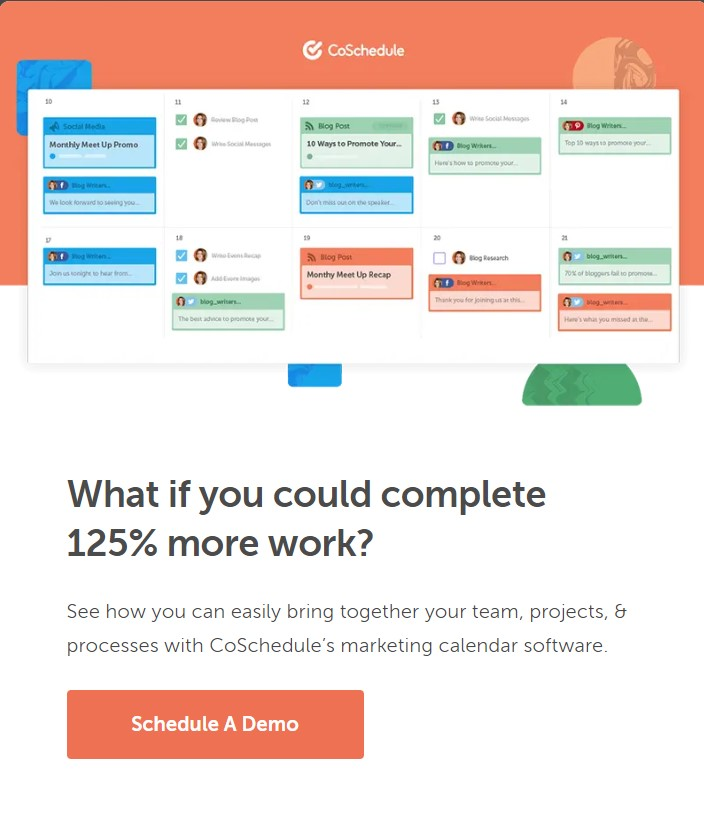
Interest
Now that your target audience is interested in your product or service, they’ll be intrigued to know more about your brand and the benefits of your solution. The “Interest” stage is about holding your audience’s attention and making them feel positively inclined towards your brand. To achieve this, your content must be informative but also persuasive and captivating.
By providing engaging content, you can keep them interested and build a stronger connection with your potential customers. Here’s how you can do it:
Provide In-Depth Information: Offer comprehensive details about your product or service. Explain its features, functionalities, and how it addresses your audience’s specific pain points or challenges.
Use Persuasive Language: Craft your content using persuasive techniques such as storytelling, emotional appeals, and clear value propositions. Show how your solution stands out from the competition.
Engaging Writing: Write in a way that keeps the reader engaged. Use a conversational tone and avoid complex language or jargon.
Supporting Evidence: Include data, statistics, case studies, or testimonials to support your claims and build credibility.
Cleo is a personal finance software specifically targeting Gen Z, so they modify their approach and use language that resonates with younger people.
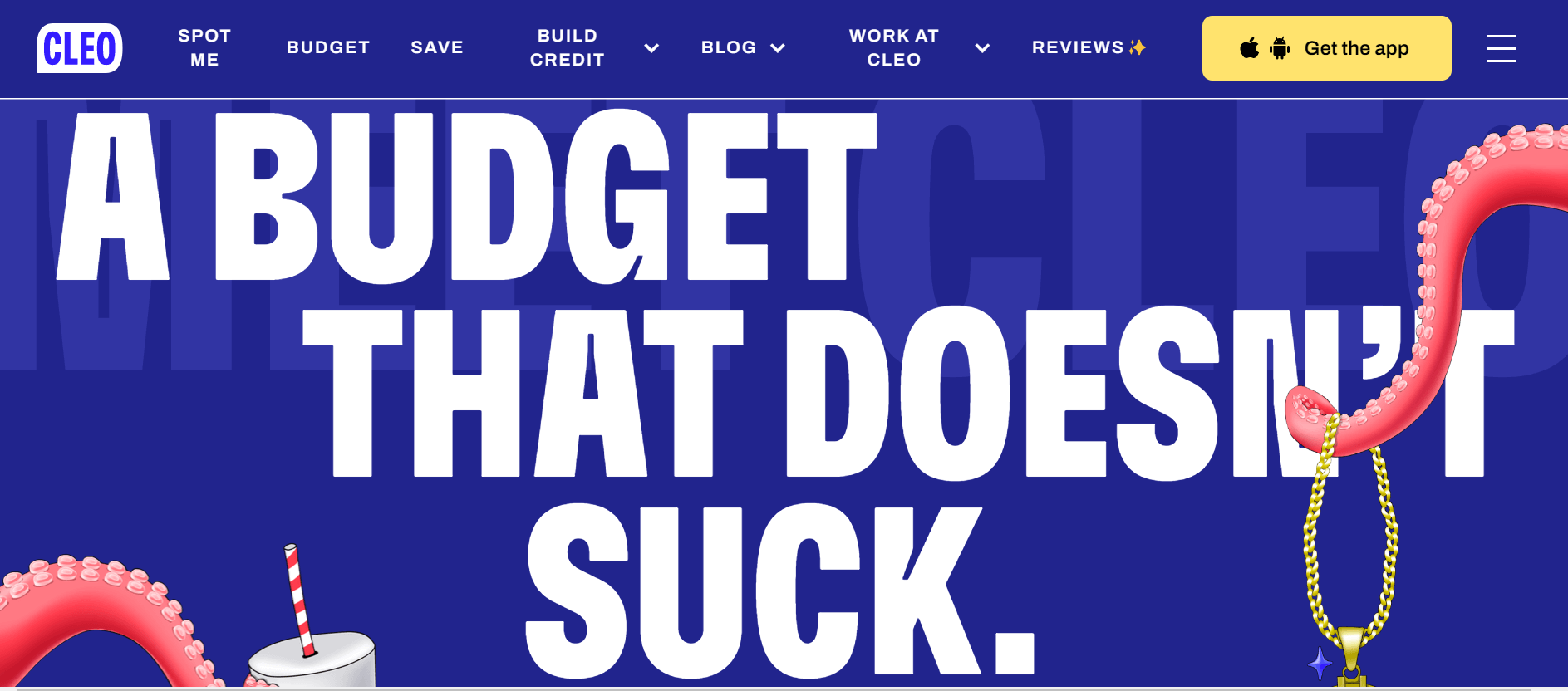
Desire
Distinguishing between the “Interest” and “Desire” stages in the AIDA model can sometimes be challenging. These stages are closely connected, and the transition from interest to desire can be subtle. Once you recognize the distinction between the two stages and tailor your content accordingly, you can guide your audience smoothly and drive them toward taking action and making a purchase or conversion.
To effectively transition from interest to desire, consider these strategies:
Highlight Benefits: In the “Desire” stage, emphasize the benefits of your product or service. Explain how it can make your audience’s life easier, save time or money, or improve their overall experience.
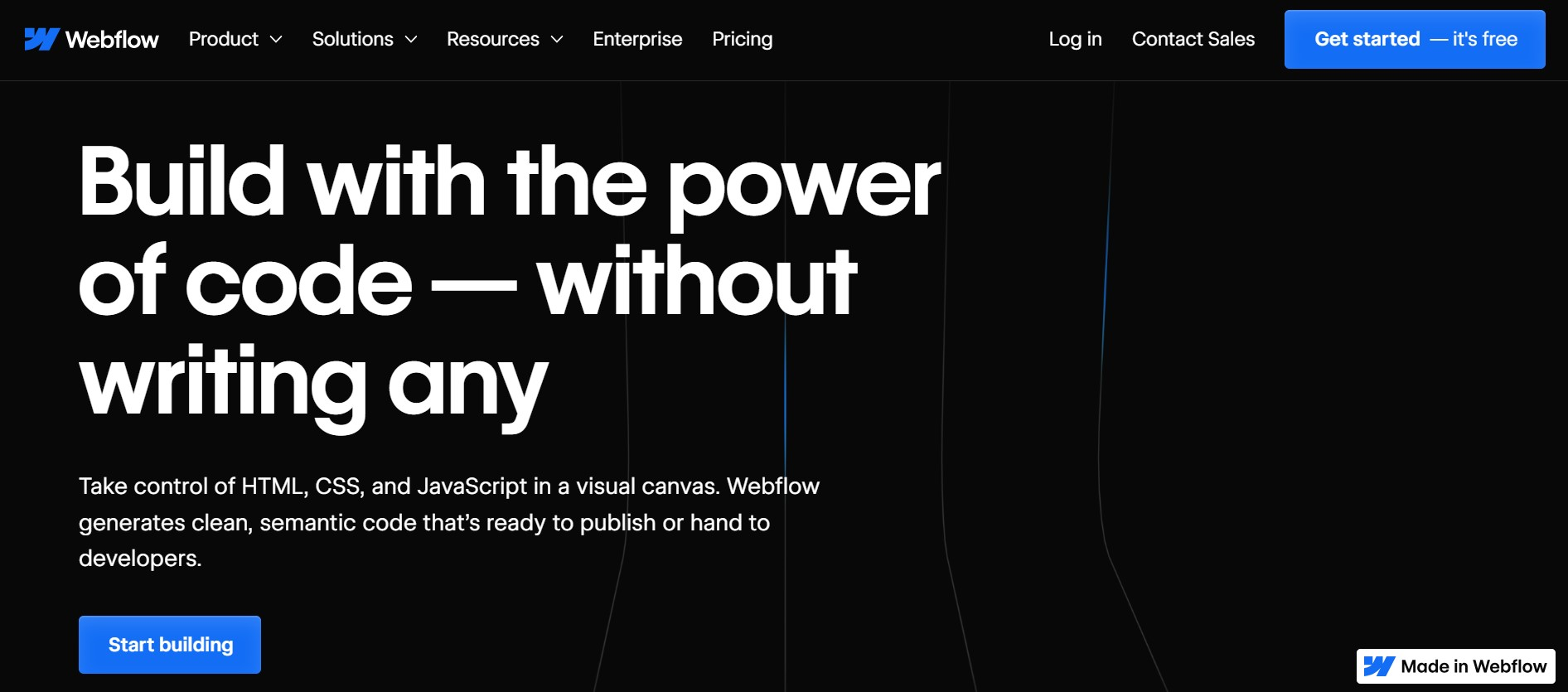
Showcase USP: Reiterate what sets your product apart from the competition and why it’s the best choice. This helps create a sense of exclusivity and desirability.
Offer Special Promotions: Limited-time offers, discounts, or bonuses can intensify the desire to take action now rather than later.
Tell Success Stories: Share real customer success stories and testimonials that evoke the emotions of satisfaction and fulfillment.
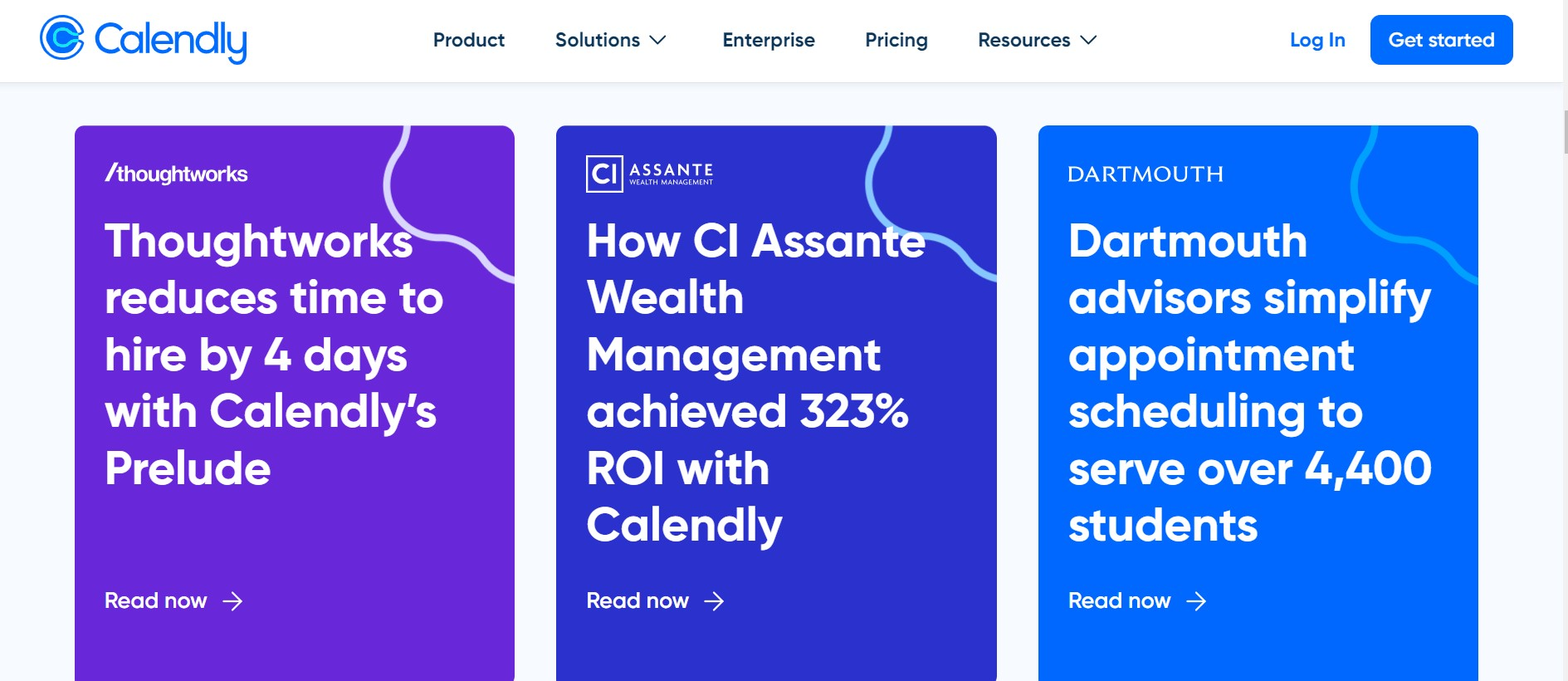
Visuals and Media: Incorporate visually appealing elements such as videos, infographics, and interactive demos to illustrate your points effectively.
Action
The “Action” stage is the AIDA model’s grand finale. It’s where all the puzzle pieces fall into place, compelling your audience to take action, whether it’s a purchase, sign-up, or engagement. After capturing the user’s attention, generating interest, and fuelling desire, this stage compels them to take action. It’s the ultimate goal of the AIDA model, turning passive observers into active participants and customers.
Here are some critical points for effectively guiding your audience to this stage:
Clear Call to Action (CTA): Your content should include a clear and compelling CTA that explicitly tells your audience what action to take. Whether it’s “Buy Now,” “Sign Up,” “Request a Quote,” or any other action, make it unmistakable.
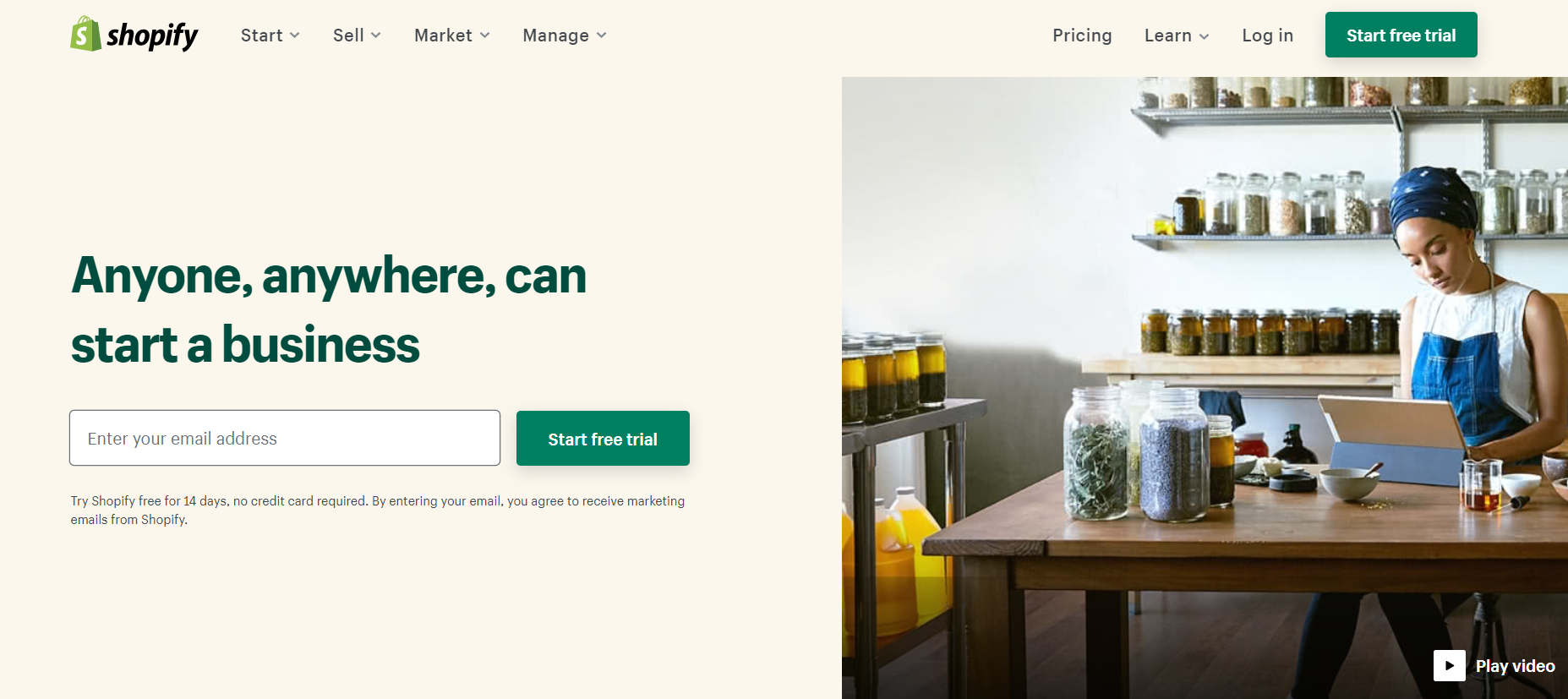
Clear Instructions: Provide clear and concise instructions on how to take the desired action. Use action-oriented language in your CTA.
Seamless Process: Ensure that the process of taking action is as smooth and frictionless as possible. If it’s an online purchase, streamline the checkout process. Make the form simple and easy to complete if it’s a sign-up.
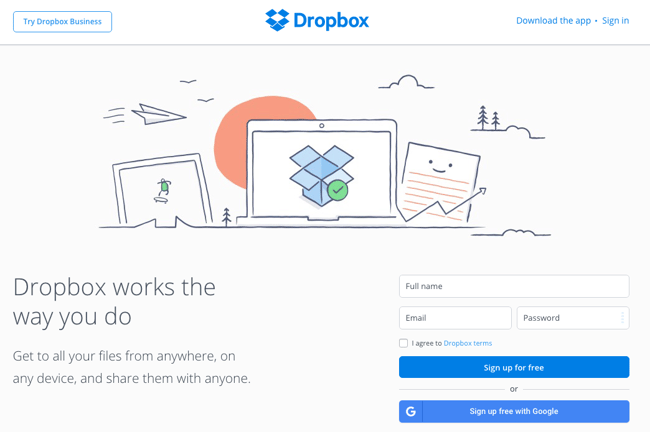
Create Urgency: Create a sense of urgency to encourage immediate action. For example, “Limited-time offer” or “Only a few spots left” can motivate decision-making.
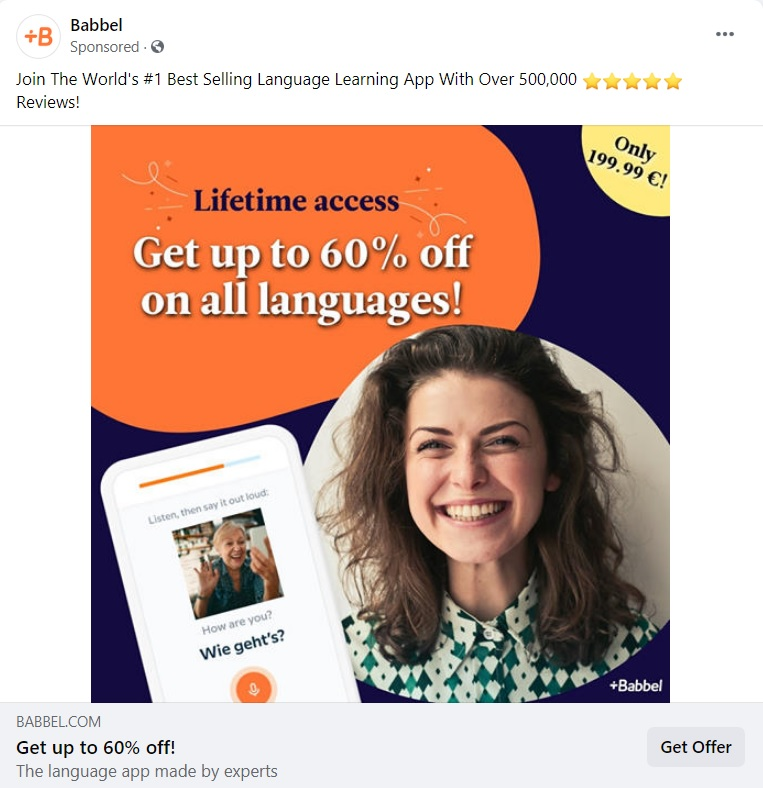
Offer Incentives: Provide incentives for taking action, such as discounts, free trials, or exclusive access to premium content.

Examples of a few well-known brands that put the AIDA model into practice
Numerous famous brands have successfully implemented the AIDA model in their marketing strategies. Here are a few examples:
Amazon
Attention: Amazon captures attention through personalized recommendations, email marketing, and online advertising.
Interest: They engage interest by providing detailed product information, reviews, and ratings.
Desire: Amazon builds desire through features like one-click ordering, Prime membership benefits, and fast shipping options.
Action: The seamless checkout process encourages immediate purchases.
Attention: Google grabs attention through simple yet effective search engine design.
Interest: They engage interest by offering free online services like Gmail and Google Docs.
Desire: Google builds desire by making its products integral to everyday life, emphasizing user-friendliness.
Action: They prompt action by encouraging users to sign up for Google accounts and use their suite of services.
HubSpot
Attention: HubSpot attracts attention through its blog, social media presence, and inbound marketing resources.
Interest: They engage with comprehensive guides, templates, and courses on inbound marketing, sales, and customer service.
Desire: HubSpot builds desire by emphasizing the potential for increased traffic, leads, and revenue through inbound marketing practices.
Action: They prompt action through free trials of their marketing, sales, and service software, as well as easy-to-find CTAs.
Wrapping Up
Remember that implementing the AIDA model is an ongoing process. You need to constantly track the performance of your content marketing efforts using analytics tools and monitor metrics such as click-through rates, conversion rates, and engagement levels. You can use this data to refine your content and strategy over time.
Applying the AIDA model to your content marketing strategy is a blueprint for success. A well-executed AIDA strategy turns your content into a powerful conversion tool. You create a compelling journey by strategically guiding your audience through the stages of Attention, Interest, Desire, and Action.
In a world flooded with information, AIDA helps your brand stand out, resonate, and achieve meaningful results.
Not sure how to apply the AIDA model to your content marketing strategy?




